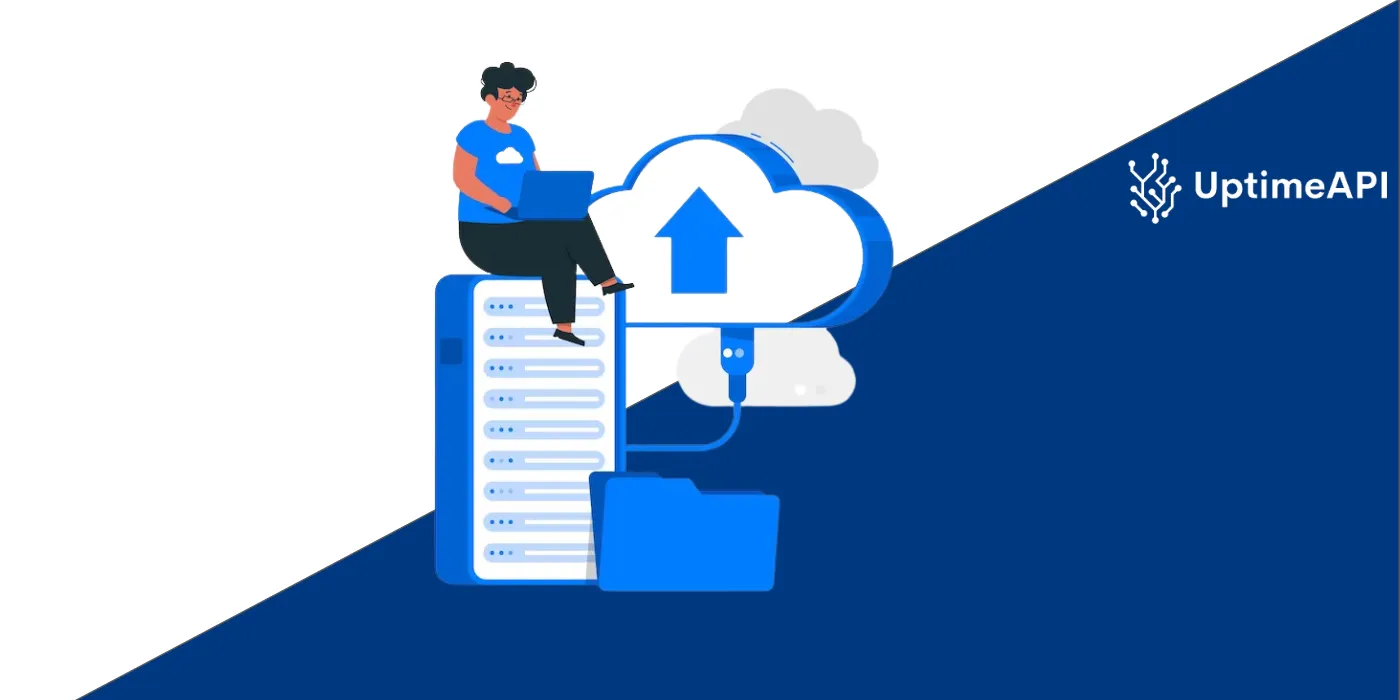API Monitoring: Optimize API Performance

In today's digital landscape, APIs (Application Programming Interfaces) play a crucial role in connecting various software applications and enabling seamless communication between them. As the reliance on APIs continues to grow, ensuring their optimal performance becomes paramount for businesses to deliver a seamless user experience. This is where API monitoring comes into play. In this article, we'll delve into the significance of API monitoring and how tools like Uptime API can help optimize API performance effortlessly.
Understanding API Monitoring
API monitoring involves the continuous observation and analysis of API endpoints to ensure they are functioning as expected. It encompasses various metrics such as response time, error rates, latency, and throughput. By monitoring these metrics in real-time, organizations can identify performance bottlenecks, detect errors promptly, and maintain the overall health of their APIs.
The Importance of API Monitoring
- Enhanced Reliability: Reliable APIs are crucial for delivering consistent user experiences. By monitoring API endpoints, businesses can detect issues such as downtime or slow response times before they escalate, thus minimizing service disruptions and ensuring uninterrupted access to applications.
- Improved Performance: Performance bottlenecks can significantly impact the speed and responsiveness of applications. API monitoring allows organizations to identify performance issues quickly and optimize API endpoints for improved efficiency, ultimately enhancing the overall performance of their software systems.
- Better User Experience: In today's competitive market, user experience is a key differentiator for businesses. By proactively monitoring APIs, organizations can prevent potential issues that may degrade the user experience, thereby maintaining customer satisfaction and loyalty.
Optimizing API Performance with Uptime API
Uptime API is a powerful tool designed to monitor APIs in seconds, providing organizations with real-time insights into the performance and availability of their API endpoints. With its user-friendly interface and robust features, Uptime API makes API monitoring effortless and efficient.
Real-Time Monitoring
Uptime API enables real-time monitoring of API endpoints, allowing organizations to track performance metrics such as response time, error rates, and latency with precision. By continuously monitoring API endpoints, businesses can identify issues as soon as they occur and take immediate action to resolve them, minimizing downtime and ensuring optimal performance.
Customizable Alerts
Uptime API allows users to set up customizable alerts based on predefined thresholds for performance metrics. This enables organizations to receive instant notifications via email or SMS when an API endpoint experiences abnormal behavior, allowing them to respond promptly and mitigate potential issues before they impact users.
Comprehensive Reporting
Uptime API provides comprehensive reports and analytics on API performance, allowing organizations to gain valuable insights into trends and patterns over time. By analyzing these reports, businesses can identify areas for optimization and fine-tune their API endpoints to improve performance and reliability continually.
Seamless Integration
Uptime API seamlessly integrates with existing monitoring and alerting tools, allowing organizations to consolidate their monitoring efforts and streamline their workflows. Whether it's integrating with popular platforms like Slack or PagerDuty, Uptime API ensures that organizations can monitor APIs effortlessly without disrupting their existing processes.
Best Practices for API Monitoring
- Define Key Metrics: Identify the key performance metrics that are most relevant to your business objectives, such as response time, error rates, and throughput.
- Set Thresholds: Establish threshold values for each metric to define acceptable performance levels. This will help you identify deviations from normal behavior and trigger alerts when necessary.
- Monitor Continuously: API monitoring should be conducted continuously to ensure timely detection of issues and prompt resolution.
- Automate Alerts: Set up automated alerts to notify key stakeholders when performance metrics exceed predefined thresholds. This will enable quick action to address any issues that arise.
- Regularly Review Reports: Take advantage of reporting and analytics features to regularly review API performance trends and identify areas for improvement.

Conclusion
API monitoring is essential for optimizing the performance and reliability of APIs in today's digital ecosystem. By leveraging tools like Uptime API, organizations can gain real-time insights into API performance, proactively detect issues, and ensure seamless communication between software applications. With customizable alerts, comprehensive reporting, and seamless integration capabilities, Uptime API empowers businesses to maximize the efficiency of their APIs and deliver superior user experiences consistently. Make API monitoring a priority and unlock the full potential of your software systems today.